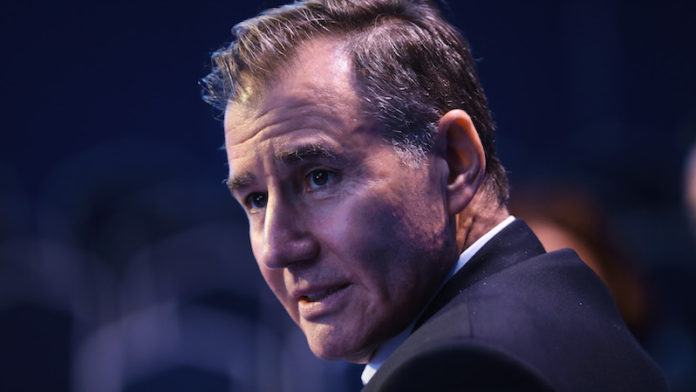
GLENCORE resumed dividends as flagged in December, saying in its 2020 year-end presentation today it would pay out 0.12 US cents per share, equal to $1.6bn in total.
It added, however, that it would consider a “top-up” payment at the interim stage in June given that annualised free cash flow as of end-January had been $7.2bn. The group added it had a preference for dividend payments over share buy-backs.
“Net debt is now back in line with the company’s targeted range, allowing it to reinstate the dividend, which also came in above consensus expectations,” said Credit Suisse in an early morning note on the numbers.
The decision to press ahead with a dividend payment was also based on having becalmed the balance sheet. Net debt came in at $15.8bn – in line with analyst assumptions – and which falls within Glencore’s $10bn to $16bn comfort range.
Glencore said again today, however, that it would be more comfortable at a net debt to adjusted earnings before interest, tax, depreciation, and amortisation (EBITDA) ratio of 1x. As of December 31, this ratio was 1.37x.
Adjusted EBITDA for the 2020 financial year was flat year-on-year. The contribution from its industrial assets (mines) declined largely owing to weaker thermal coal pricing, although Katanga Copper reported a $1bn year-on-year turnaround in adjusted EBITDA – a positive $700m in contribution for the year.
But the mainstay of the numbers was Glencore’s marketing division which performed strongly. On an earnings before interest and tax basis, it made a contribution to adjusted EBITDA of $3.3bn, an increase of 41%.
The dividend comprises $1bn from the group’s marketing division cash flow and 25% ($600m) of cash flow from the industrial assets.
Steve Kalmin, Glencore CFO said the firm could address capital management and dividends before the interim juncture if desired even though a net debt target of $13bn had been set for this year. “It was not inconsistent to achieve both,” said Kalmin when asked if it was necessary to keep reducing debt when dividends were the priority.
The group reported a deepening of its loss per share of -0.14 cents for the year, however. Non-cash impairments more than doubled to $5.9bn (2019: $2.4bn) after Glencore opted to hand over its stake in the Mopani Copper Mine assets in Zambia and relinquish its mining rights held in Prodeco in Colombia. It also wrote down a portion of its African oil assets.
Ivan Glasenberg, CEO of Glencore, used the results to formally sign off from the company after around 20 years in office. He will hand over to successor Gary Nagle by end-June. He said: “Gary’s appointment largely concludes completion of a seamless senior management transition to Glencore’s next generation of leadership,” said Glasenberg.
“All senior management positions have been promoted from within the business, demonstrating the strength in depth across the group.”
Asked for his view on taking the job, Nagle said: “It’s a difficult job, but it’s not an impossible one. I wouldn’t have taken it otherwise.”











